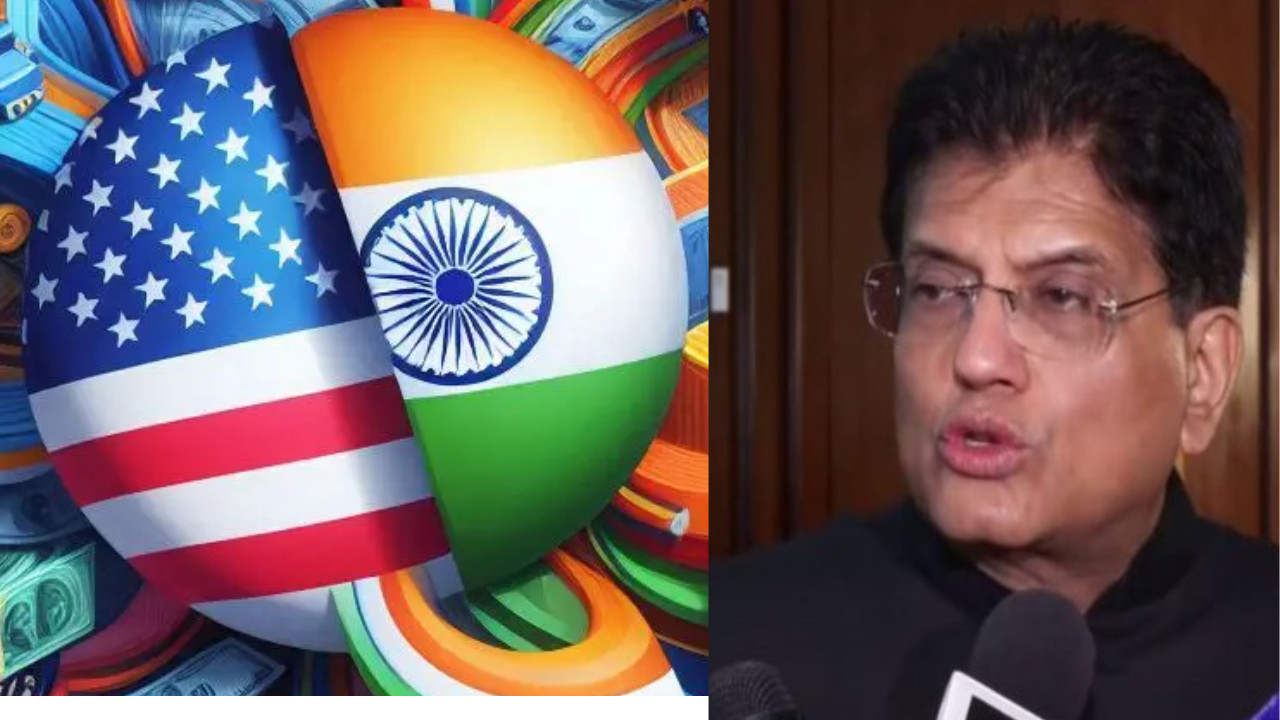India is actively engaged in discussions with the US for a Bilateral Trade Agreement, with Union Minister Piyush Goyal indicating ongoing contact at various levels. Meanwhile, India is pursuing a Free Trade Agreement with the European Union, with both sides expressing optimism for an equitable and balanced pact, aiming for completion by year-end.
The Buzz Around a Potential India-US Trade Deal: What’s Really Going On?
Whispers of a landmark trade agreement between India and the United States have been swirling for months, and the air is thick with anticipation. Forget the tired political rhetoric; let’s dive into what this potential partnership could actually mean for businesses and consumers on both sides of the globe. The truth is, forging a strong India-US economic alliance is complex, involving careful navigation of diverse priorities and ambitions.
The Indian government has confirmed that discussions are happening continuously and at numerous levels. This isn’t just a fleeting conversation; it’s an ongoing dialogue exploring the possibilities of a deeper, more structured trade relationship. Beyond the US, India is also actively engaged in trade negotiations with the European Union, showcasing its commitment to expanding its global economic footprint.
What’s on the Table for an India-US Trade Deal?
So, what are the potential benefits that make this trade deal such a hot topic? For the US, India represents a massive and rapidly growing market. Access to this market, with its burgeoning middle class and increasing consumer demand, is a significant incentive. Lowering tariffs and reducing trade barriers could open doors for American businesses to export goods and services more competitively, boosting their bottom lines and fueling economic growth back home.

On the other side, India stands to gain from increased foreign investment, access to advanced technologies, and greater integration into global supply chains. A trade deal could streamline customs procedures, reduce bureaucratic hurdles, and create a more predictable and transparent business environment, making India an even more attractive destination for international companies. This, in turn, could spur job creation and economic development across the country.
The Path to Agreement: Navigating the Challenges
Negotiating a comprehensive trade agreement is never a walk in the park. Several complex issues need to be addressed to reach a mutually beneficial outcome. These include intellectual property rights, agricultural market access, data localization policies, and regulatory alignment. Finding common ground on these sensitive topics requires careful diplomacy, a willingness to compromise, and a clear understanding of each other’s priorities.
One area of particular interest is the digital economy. With India’s thriving tech sector and the US’s dominance in the digital landscape, there’s immense potential for collaboration in areas like e-commerce, digital payments, and cybersecurity. However, differing perspectives on data privacy and cross-border data flows need to be carefully considered to ensure that any trade agreement promotes innovation while safeguarding consumer interests.
Beyond Trade: A Strategic Partnership
The potential India-US Trade Deal is more than just about economics. It’s about strengthening a strategic partnership between two of the world’s largest democracies. A deeper economic relationship can foster greater cooperation on issues ranging from climate change to defense and security, further solidifying the bond between the two nations.
This deal has ripple effects across the global landscape, offering a paradigm shift in global trade dynamics. As both nations continue their talks, the world watches with bated breath.
What Does the Future Hold?
The specifics of a potential India-US trade deal remain under wraps, but the ongoing discussions signal a strong commitment from both sides to explore the possibilities. While challenges undoubtedly exist, the potential benefits – increased trade, investment, and strategic cooperation – are too significant to ignore. This deal could reshape economic landscapes, fostering growth, innovation, and stronger ties between two global powerhouses. The road ahead will demand careful negotiation and mutual understanding, but the potential rewards make the journey worthwhile. For more insights into the evolving economic landscape in India, consider reading our analysis on recent policy changes affecting small businesses.







